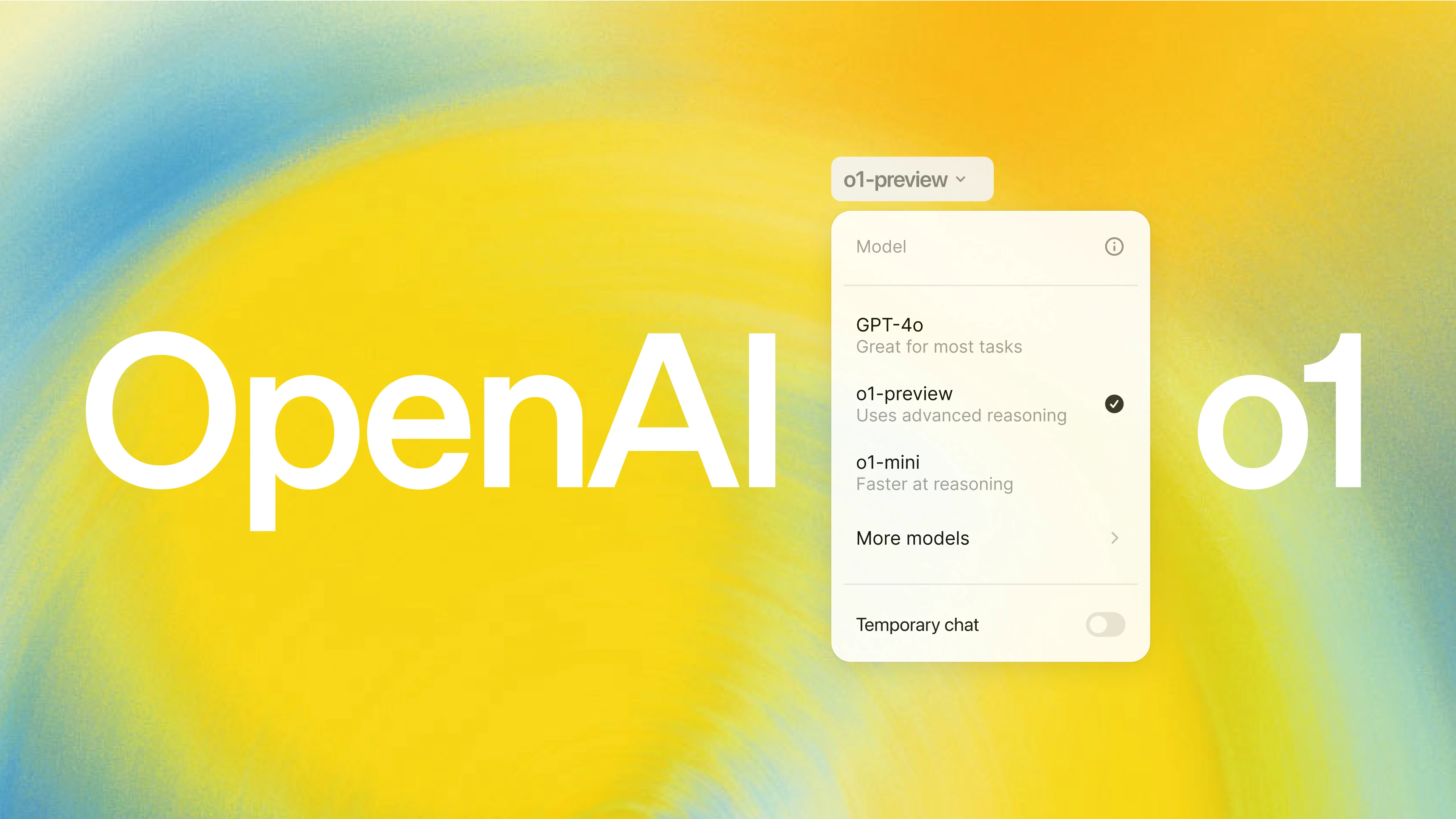OpenAI has officially launched the highly anticipated o1 model, marking a significant milestone in the evolution of artificial intelligence. This new model, affectionately dubbed the "Strawberry" model by insiders, is a part of OpenAI's ambitious series of reasoning models aimed at tackling more complex queries with enhanced accuracy and speed. The launch of o1 is not just a technical upgrade; it represents a pivotal step in OpenAI's overarching goal of advancing AI capabilities to more closely mimic human-like reasoning.
A New Era of Problem Solving
The o1 model stands out with its remarkable ability to handle intricate problems, particularly in fields requiring high-level cognitive functions such as coding and mathematics. This advancement is a significant leap from its predecessors like GPT-4o, which set the stage but did not fully realize the potential of AI in these domains. The o1 model employs a completely novel optimization algorithm and an expansive training dataset, enabling it to solve multistep problems and write code with unprecedented efficiency. OpenAI's research lead, Jerry Tworek, has emphasized that the model's training involves reinforcement learning techniques that allow it to process queries with a "chain of thought" approach. This mimics the step-by-step problem-solving methods used by humans, offering a more intuitive interaction for users and positioning the model as a groundbreaking tool for developers and researchers.
Enhanced Accuracy and Reasoning
One of the most notable improvements in the o1 model is its reduced tendency to "hallucinate," or provide incorrect information, a common challenge that has plagued AI models in the past. While OpenAI acknowledges that hallucinations are not entirely eliminated, the o1 model shows significant progress in accuracy. This advancement is particularly evident in its performance on tasks such as the AP math test and the International Mathematics Olympiad, where it scored impressively high compared to previous models. The model's ability to understand and process complex information more accurately is a testament to its sophisticated architecture and the rigorous training it underwent. This capability not only enhances its utility in academic and professional settings but also bolsters its reliability as a tool for everyday users.
Critical Perspective: The Illusion of Reasoning
Despite the impressive capabilities of the o1 model, it's important to recognize that the model does not truly "think" or "reason" in the human sense. Rather, it leverages advanced prompting mechanisms, known as "chain of thought" processes, to achieve better results. This approach allows the model to simulate reasoning by breaking down complex tasks into manageable steps, enhancing its effectiveness in problem-solving scenarios. Historically, OpenAI has abstracted some of the complexities involved in using large language models (LLMs) to produce optimal results, particularly in the transition from using ChatGPT online to its API. Users often find that the experience differs between these platforms, and the o1 model seems to follow a similar path. While OpenAI promises that the o1 model will offer consistent features across both ChatGPT and the API, the true extent of this integration remains to be seen. This abstraction has been a double-edged sword: while it simplifies user interaction, it may also obscure the underlying complexities and limitations of the model, leading to potential misunderstandings about its capabilities.
Access and Pricing
OpenAI is offering access to the o1-preview and the smaller, more affordable o1-mini model to ChatGPT Plus and Team users immediately, with plans to extend access to Enterprise and Edu users soon. However, the pricing for developer access is notably steep, reflecting the model's advanced capabilities. Despite its cost, the o1 model's potential for solving complex problems makes it a valuable tool for developers and researchers alike. The pricing strategy reflects the model's positioning as a premium solution for those who require cutting-edge AI capabilities. For businesses and individuals considering investing in the o1 model, the decision will likely hinge on the specific needs and potential return on investment. OpenAI's pricing strategy is designed to balance accessibility with the need to recoup the significant investment in research and development that such an advanced model entails.
Looking Ahead
As OpenAI continues to push the boundaries of AI technology, the o1 model represents a crucial step towards achieving reasoning capabilities akin to human intelligence. While its current abilities are not yet at the level of autonomous decision-making, the foundation laid by o1 paves the way for future developments in AI-driven problem-solving and decision-making. The launch of the o1 model is not just an upgrade in AI technology; it's a glimpse into the future of what AI can achieve. As OpenAI continues to innovate, the possibilities for AI applications in various fields, from medicine to engineering, are boundless. The journey towards truly intelligent AI is just beginning, and the o1 model is leading the charge. This model is a testament to the rapid advancements in AI technology and a harbinger of the transformative changes that AI will bring to industries worldwide. As we look to the future, the o1 model serves as both a landmark achievement and a stepping stone towards the next generation of AI innovations.

Comments